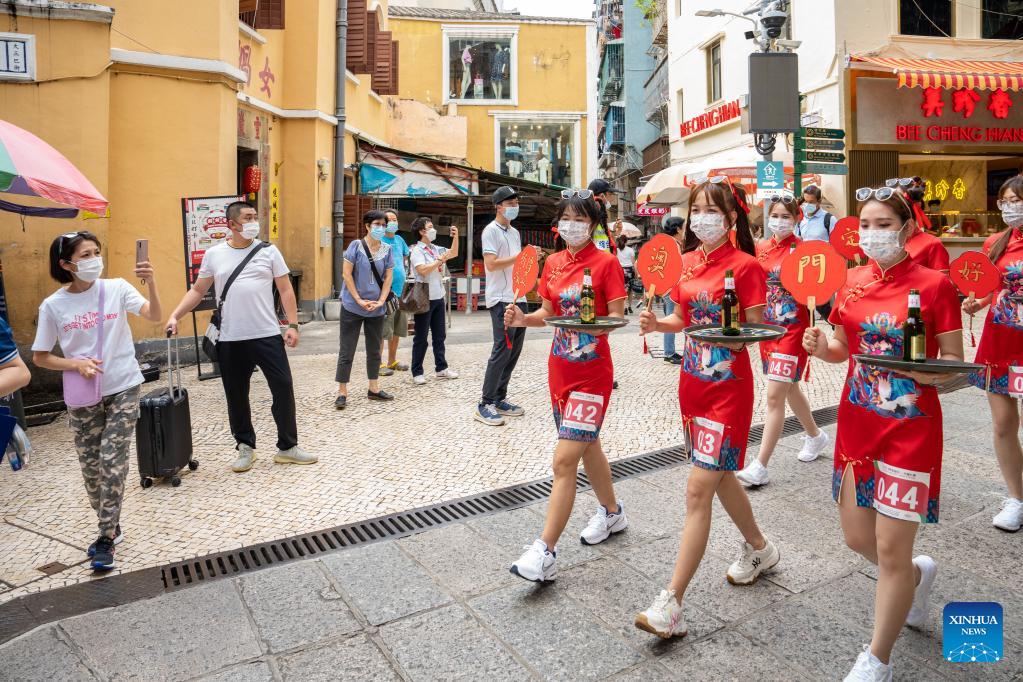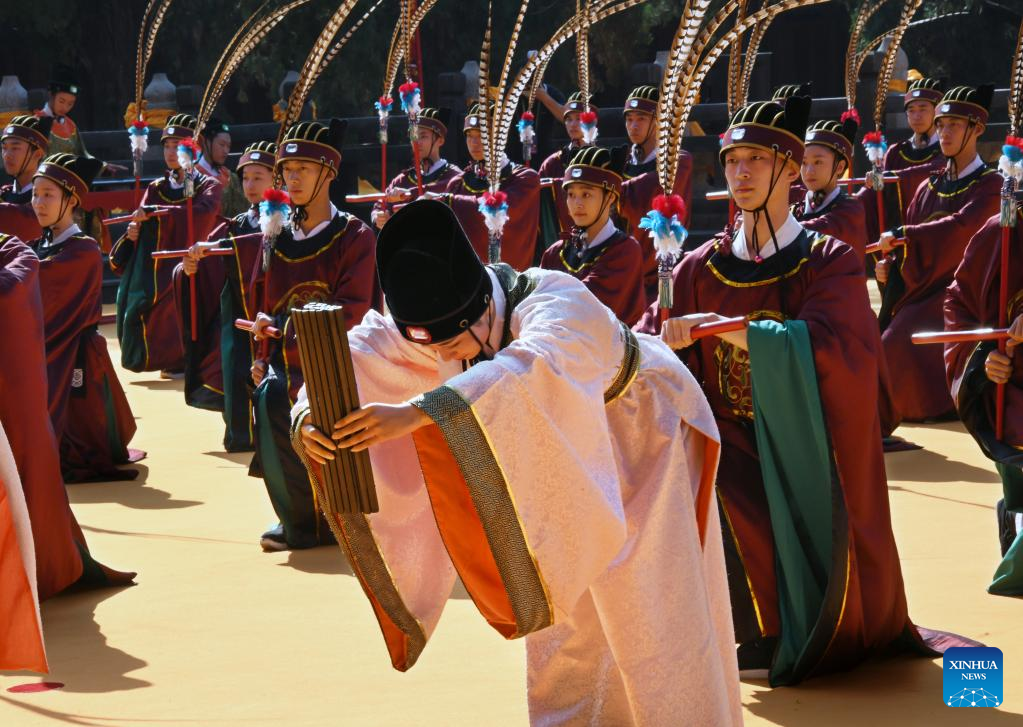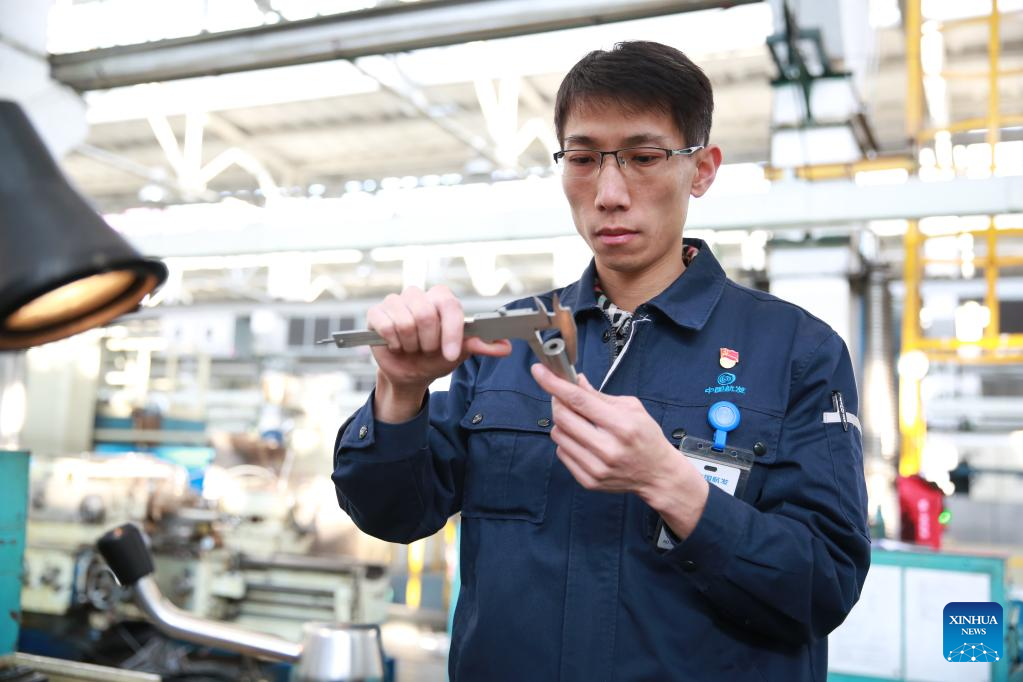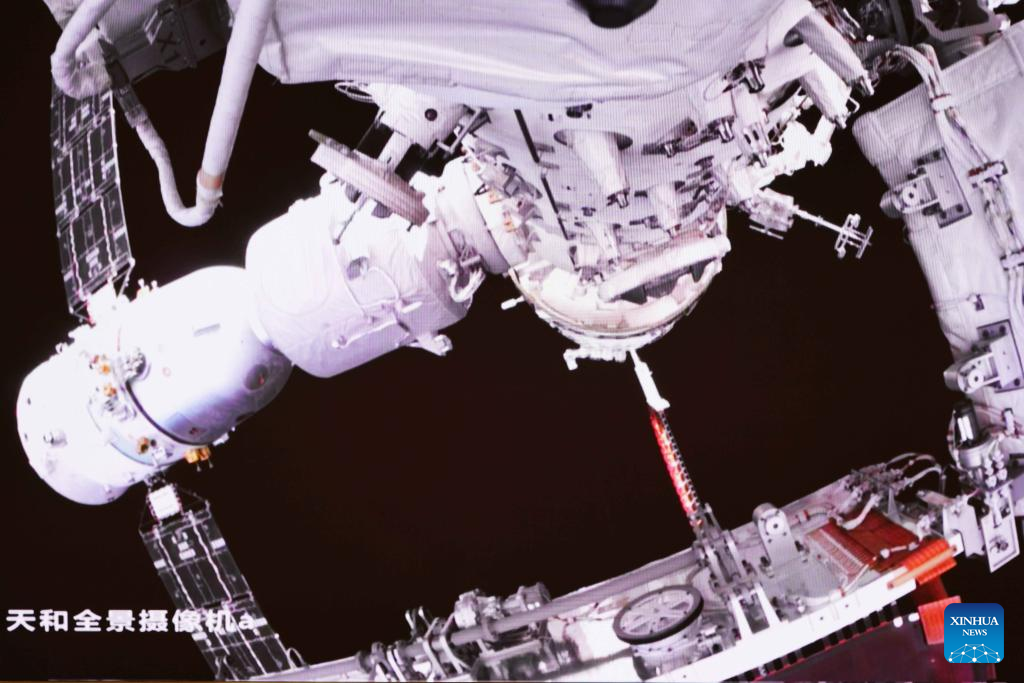
(Photo provided to Xinhua Daily)
Items retrieved from an ancient well at the Grand Bao'en Temple site in Nanjing have been confirmed as remnants of the Japanese army during Japan's invasion of China, according to the School of Social Development at Nanjing Normal University.
The objects include three iron cans, a military saber, and several bullets, providing new evidence to the historical record. These findings were presented by Zhang Ziyi, a postgraduate student from the school, at the annual meeting of the Jiangsu Provincial Archaeological Society on March 28.
Zhang said the archaeological excavations at the temple, one of the oldest Buddhist temples in China, spanned from 2007 to 2019. Recent analysis indicates that Well No. 19 was initially built during the Qing Dynasty (1644-1911) and sealed at the end of the Chinese People's War of Resistance Against Japanese Aggression (1931-1945).
The iron cans each bear symmetrically arranged pentagrams, a motif used by the Japanese forces on uniforms and helmets, according to Zhang. Verification involved comparisons with similar items at several locations, including the Exhibition Hall of Evidences of Crime Committed by Unit 731 of the Japanese Imperial Army in Harbin, Heilongjiang Province.
Additionally, at least five rifle bullets were discovered in the well, characterized by three evenly spaced indentations at the base, a hallmark of Japanese manufacture. Only the blade of the saber remains, likely a shortened model designed for use by Japanese tank troops and pilots.
According to Zhang, this location was once utilized by Japanese forces to make firearms, ammunition, saddles, and military footwear following their invasion of Nanjing in December 1937.
The iron cans were possibly served as incense burners during the rituals by Japanese army. During her research, Zhang found a similar item at the museum in Harbin.
Furthermore, the Japanese army accidentally unearthed a stone casket from the Song Dynasty (960-1127) at the site, which housed the parietal bone relics of the most-celebrated monk Xuanzang of the Tang Dynasty (618-907). The Japanese divided these relics into several parts, transporting some to Japan for temple worship, while others were left in China due to public pressure.




















